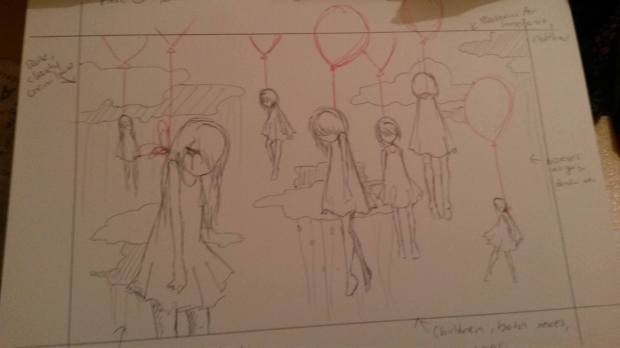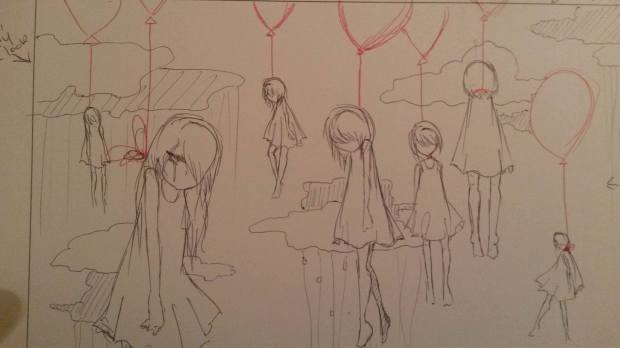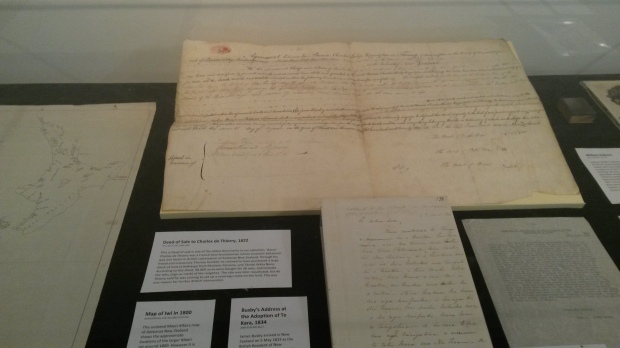Perspective: A way of seeing things; how you or someone else sees them. For example if you look at the world from someone’s eyes, you see through their eyes. In drawing this could mean a sense of depth and distance.
Visual: Relating to seeing or to the eyes. Attained and maintained by sight, producing a mental image or relating to or employing visual aids. For example, film is a visual medium.
Visual Culture: An aspect of culture expressed through visual images. It is a created or an observed representation of our world; Visual culture can be represented by paintings, advertisements, comics, and any other medium crucial to the visual component.
Visual Text: Uses a combination of visual features (photographs, stills and graphics) and verbal features like words, dialogue and language features to get a message across to its target/intended audience. Common forms of visual texts are film, television, radio, advertising, etc.
Visualizing: To recall or form a mental image of something that is incapable of being viewed at that moment or not visible.
Omnipresent: Always there; widely spread or encountered or present everywhere at the same time. This is probably best exemplified by the likes of viral videos or by the omnipresence of the Christian God.
Globalization: A worldwide movement towards economical, financial, trade and communications integration. It implies the opening of local and nationalistic perspectives to a boarder outlook of an interconnected world with a free transfer of capital, goods and services across frontiers.
Contextualizing: To think or provide information about the situation in which something happens. To place a world or place into context; context means certain words used with a certain word or phrase that help understand its meaning. It is the who, what, where, when and why that surround every word, image or artifact.
Paraphrasing: To express the meaning of (something written or spoken) in different words to achieve greater clarity. It is essentially rewording a statement.
Naming: A word or a combination of words by which a person, place or a thing is designated, called or known by.
Analyzing: To examine something in detail, mainly to explain and interpret it. It is to separate and entity or a material into bite sized parts or elements; to determine the essential elements or features. Examining key features, causes and possible results, etc.
Describing: To give a detail account of; to tell, depict in written or spoken words. This can also mean to represent by a picture or a figure.
Tone: Is the texts expressive voice, the mood it suggests.
Topic Sentence: Introduces the main idea of the paragraph. Usually the first sentence will the the topic sentence.
Syntax: The arrangement of words in a sentence.
Selfie: A photograph that someone takes of oneself; typically with a smartphone or a webcam and then uploaded into social media.
Self Portrait: A representation of an artist that is drawn, painted, sculpted or photographed by that artist.
The Artist as the Hero: Mirzoeff constantly stresses in Chapter 1 of the concept of the Artist becoming a hero. In this sense, the artist is capable of creating an event and portraying themselves on how they want to be seen as by others.
The Male Gaze: A term coined by feminist, Laura Mulvey; the expression refers to the way the visual arts such as cinema is structured and has a dominant masculine view. It describes visual cultures tendency to depict the world and women in a masculine point of view.
Performance: In Mirzoeff’s chapter, he uses scholar Richard Schecner’s definition of Performance as a “Twice-performed Behaviour”. According to Schecner, all forms of human activity are a performance, consisting of actions we have taken in the past to create a new whole. Performance might be an artwork, a barber cutting hair or a chef cooking a dish. This also applies to a person’s performance on gender, race, and sexuality in everyday life.












